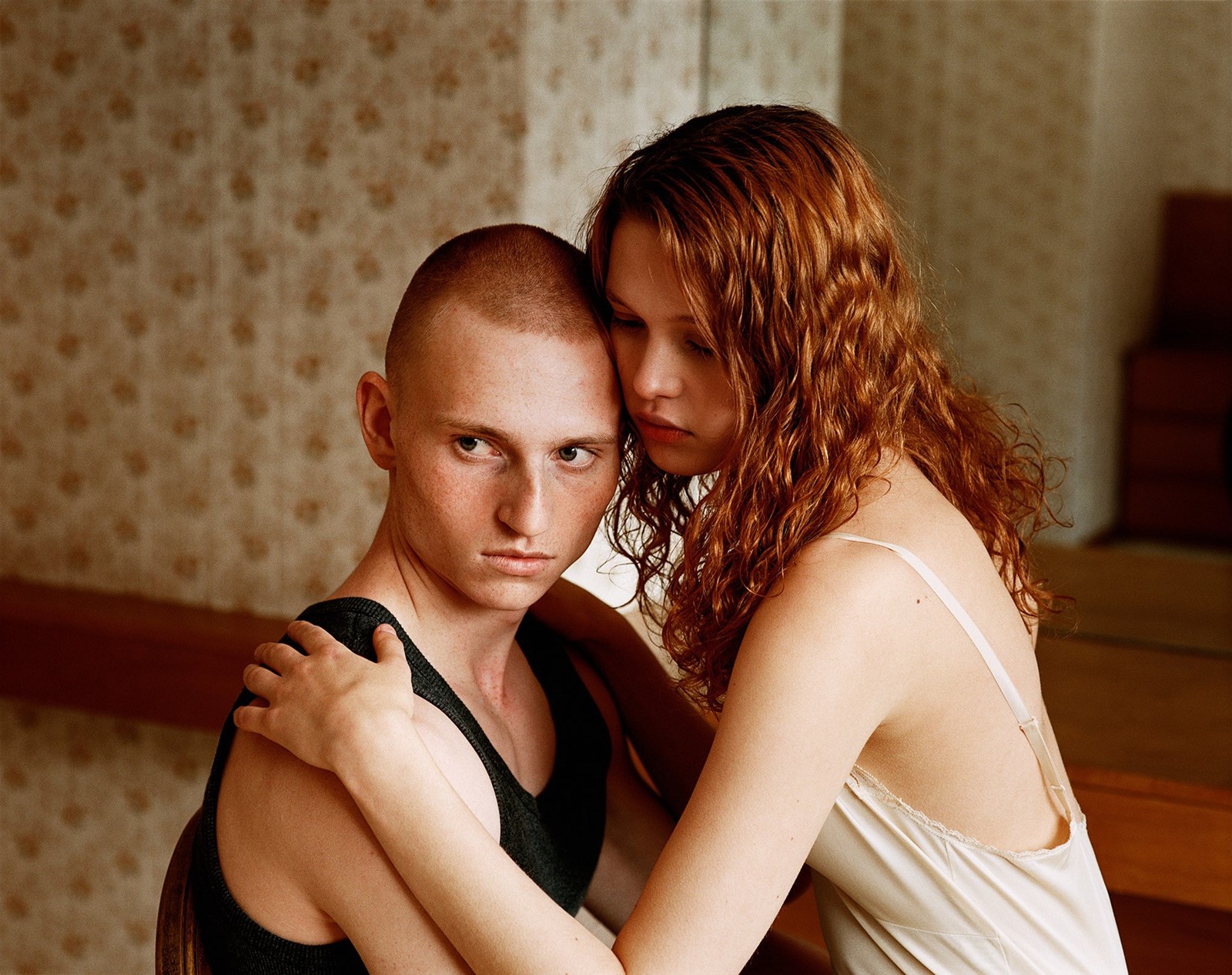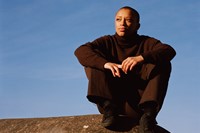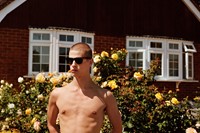The film that Alasdair McLellan has created for Saint Etienne’s new album I’ve Been Trying To Tell You captures the perfect British summer. The summer we wanted to have, but didn’t quite get. The summer, actually, that we had last year. Soaked in sunshine (a pleasant contrast to the rain-sodden reality of the past three months), the film takes us on a whistlestop tour of the UK; from St Paul’s Cathedral in London, to Aysgarth Falls in the Yorkshire Dales (close to where the photographer, filmmaker and AnOther Magazine contributor grew up), Grangemouth in Scotland, Portmeirion in Wales, an oil refinery in Southampton and even Stonehenge.
Inspired by the band’s new album and the period in which McLellan, then in his teens, discovered Saint Etienne’s music, the film is imbued with a heavy but happy sense of nostalgia, depicting people young and in love, basking in the sun, bathing in the water at Aysgarth Falls, and bouncing to music that blares out of the stereo of a car parked in a field. With costume design by AnOther Magazine fashion director Ellie Grace Cumming, the film is the result of almost 12 months of work and just shy of 45 minutes long. A romantic and rose-tinted lens on life for young Britons at the precipice of the new millenium, it is a work of outstanding beauty and a remarkable visual accompaniment to Saint Etienne’s latest record.
Here, McLellan and Saint Etienne frontwoman Sarah Cracknell explain how it all came together.
Ted Stansfield: Can you tell me about the new album, Sarah?
Sarah Cracknell: It’s about how we remember things and how we misremember things. And it’s about optimism. It’s set between 1997 and 2001, when we had the Twin Towers and things changed politically. I mean, I wasn’t 100 per cent optimistic in 1997, but I thought things might get better. It’s like looking back on things through a mist or fog, and you just remember the good bits and the optimism – memories play tricks on us, don’t they?
So we chose pieces of music from that period, things that had been radio singles, but not necessarily the cool stuff – we sampled bands you wouldn’t expect us to sample. And then Pete [Wiggs] and a guy called Augustin Bousfield – which is a great name, isn’t it? But we refer to him as Gus – played with them and manipulated them, and turned them into something completely new. I recorded some vocals here and sent them off, and they came back all manipulated and twisted around, which was really exciting.
It was really good fun – really freeing. And it was quite interesting to not have a normal song structure. It’s a bit more ethereal and cinematic.
“It’s like looking back on things through a mist or fog, and you just remember the good bits and the optimism – memories play tricks on us, don’t they?” – Sarah Cracknell
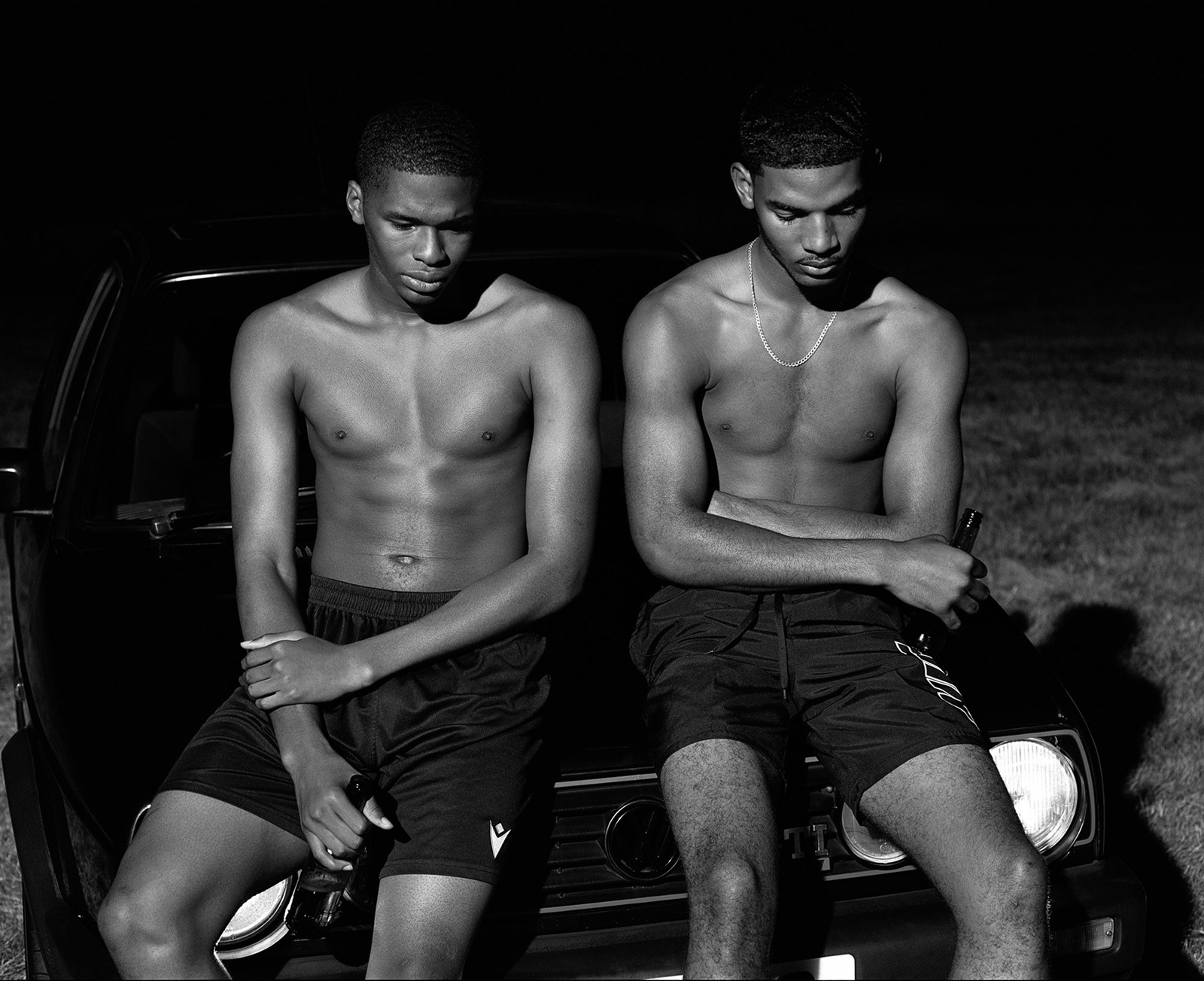
TS: Alasdair, how did you approach the project?
Alasdair McLellan: I thought about what I was doing when I was first introduced to Saint Etienne’s music at 16. Because to me, the first few tracks felt quite youthful. I got this weird nostalgia from them. So I drew on that period from 16 to 25; when you don’t really know what you’re doing, what you’re about and you’re discovering yourself. I took inspiration from the things I was getting up to at that time. I didn’t really want a narrative structure to it, because life isn’t really a narrative structure. It was more about taking elements of what I was doing between the ages of 16 to 25, and coming up with little scenarios that seemed quite cinematic.
I always wanted to do something about the UK and around the UK, and [Saint Etienne musician] Bob Stanley was very keen on that. So we started on this journey and ended up going to all these places. I’ve always been aware that their music feels quite English, but then there’s also something quite international about them: they reference a lot of French and Italian cinema, which is why I ended up going to places like Portmeirion in Wales because I thought, “Well, it seems very them,” because it’s like an Italian village in the middle of Wales.
TS: Where else did you go?
AM: We went to the Yorkshire Dales and Grangemouth in Scotland, we went to Southampton [and saw] one of the oil refineries there. We went all over. We’ve got Stonehenge in there too, and there’s referential points like La Dolce Vita with Anita Ekberg getting into the Trevi Fountain, which is close to that scene in Marble Arch, and which I quite liked. And then there is a skateboarding scene with the three skaters that disappear, which draws on Picnic at Hanging Rock.
SC: That’s interesting. I was thinking of Picnic at Hanging Rock yesterday. How bizarre!
AM: Yeah, there’s this bit with skateboarders skating around this park and I just really liked the idea. I kind of wanted to develop it further but then I thought it would get a bit too much, although that was my initial idea, to recreate this scenario but in a modern context.
SC: Wow, I didn’t know that!
“It was more about taking elements of what I was doing between the ages of 16 to 25, and coming up with little scenarios that seemed quite cinematic” – Alasdair McLellan
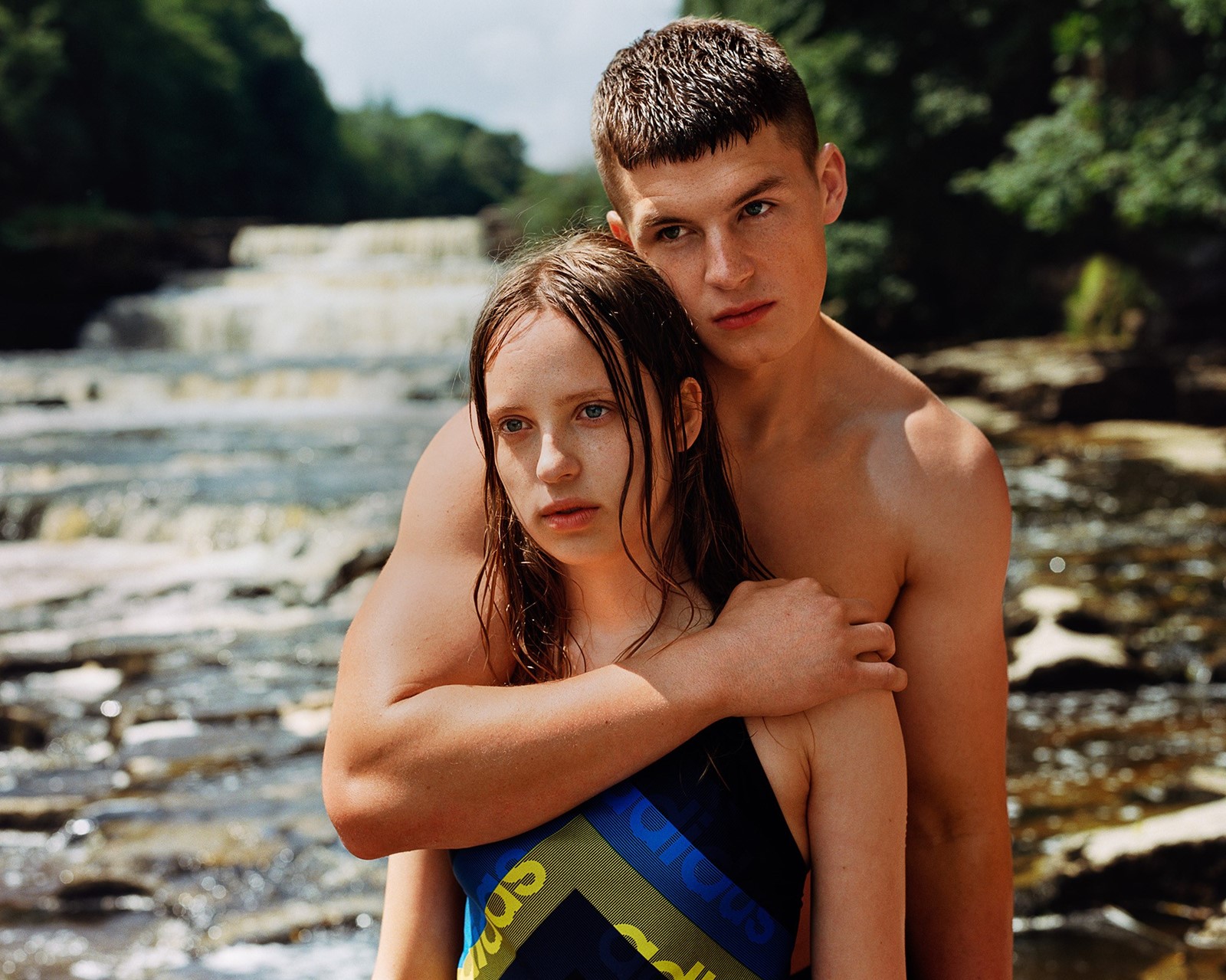
TS: And what did the actual process of making it look like? How long did it take?
AM: I started in August [2020] and finished in April this year. We did tracks one to three first and, roughly, that’s what you get to see first. So you get the fountains, and then you get the walking around the bungalows, which is what I used to do when I was 16. That’s all we used to do, basically going around the village walking around bungalows. Because all the girls were getting into pubs, but we couldn’t, so we used to walk around instead. And then, after that, there is the party in the field with the car stereo.
SC: I used to walk around the streets too. We’d walk around in Windsor just listening for parties.
AM: Oh, really? Oh god, there must have been a lot of parties then in Windsor. So we started with the party scene and the swimming bit, which is track three where they’re in the field. Sometimes we’d shoot because the weather was good on a day, and we’d see if this person is around or this person is around. It was more about a feeling, but then there’s people that keep on recurring throughout. But that was just because we really liked them, and they looked great and were great to have around. It was mainly about that, they just seemed keen and interested in the project really. That’s how we got through it; we just kept on bringing people back.
TS: And Sarah, what did you make of the final result?
SC: Oh, I was absolutely gobsmacked. It still feels like, “Really? Is this for us?” It’s amazing, it’s just very, very special. I love it. And I think it works so perfectly that the film really brings the record to life for me. I think it’s beautiful. I can’t wait to see it on the big screen!
The films of Saint Etienne including I’ve Been Trying to Tell You are now available to view on BFI Player as part of a collection of music-themed films called Sonic: Music in Movies. Saint Etienne release their new album I’ve Been Trying To Tell You on Heavenly Recordings, 10 September 2021. The Saint Etienne UK tour kicks off 18 November.
